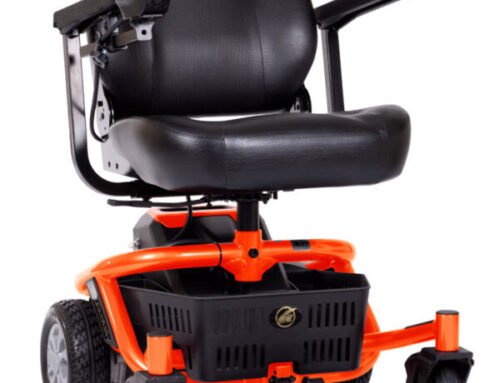As baby boomers age they are making important decisions regarding their long-term care, many choose to stay at home and “age in place,” rather than be moved to a nursing home or assisted living facility when faced with disabilities. These decisions may have changed what they once were as of 2020 after facing the pandemic. Choosing to remain in their own home gives people a sense of security and comfort in familiar surroundings and allows them to maintain personal relationships with friends and family as well as social and spiritual connections to their community. These benefits so important for aging gracefully and independently, but the right planning needs to happen in order to ensure comfort and safety at home.
Falls are the number one cause of home fatalities among the aging population. We must raise our awareness of this fact when assessing an elderly loved one’s safety at home. If you find that your senior’s well-being is compromised due to declining health or disabilities, it may be time to consider investing in a mobility solution if their wishes are indeed to stay home. Everyday activities such as going up and down the stairs or simply navigating from one room to another can become a hazard, but are easily preventable with the right equipment. In addition to the more commonly used scooters and walkers, mobility and accessibility equipment can also include lift chairs, stair lifts and modular ramps and so much more. When helping your senior decide what mobility solution to invest in, it’s important to consider what options are best suited for his or her needs depending on their health conditions, structure of the home itself, and the budget a family may be working with.
Finding the right solutions for your elderly loved one can be overwhelming at first. The first step is to evaluate your elder’s needs based on his or her current state of health and living conditions. Survey the appearance of the senior’s home and the overall state of the house. Do you notice clutter piling up? Are items in disarray or put in the wrong place? If so, these may be signs that the elder is having difficulty walking from room to room and could benefit from a walker or wheelchair to help him or her maneuver safely and efficiently. Is he or she reluctant to climb or descend stairs? A motorized stair lift can be installed on the staircase to eliminate the risk of slipping or falling. Many times, if a senior has anxiety about the chance of falling, they may tend to stay where they feel the safest.
Besides installing ramps or lifts, there are other small changes that can be made around the home that are often overlooked but help in maintaining safe mobility throughout a house. Lower shelving in cabinets so seniors don’t have to rely on step stools or kneeling down to grab items they need. In the bathroom, grab bars installed in the tub or shower add extra support, in addition to a shower chair and removable shower nozzle at arms-reach. For more ease in the living room, consider extending the legs of furniture by a few inches so a senior doesn’t have to rock to get up. If he or she still has trouble standing from their favorite chair, a lift chair, which pushes the entire chair up from its base, can be helpful in moving to a standing position without the risk of falling. The important thing for a mobile senior is to keep moving.
There’s a lot to consider before investing in mobility solutions at home, but choosing the right products will aid in helping a senior maintain their independence and mobility in their home. If you or a loved one is unsure of where to begin the process, reach out to talk to a Mobility Concierge at Angelion Mobility by calling 609-769-1261 to set up a complimentary home assessment and begin the process of making your aging in place decision a safe reality.





